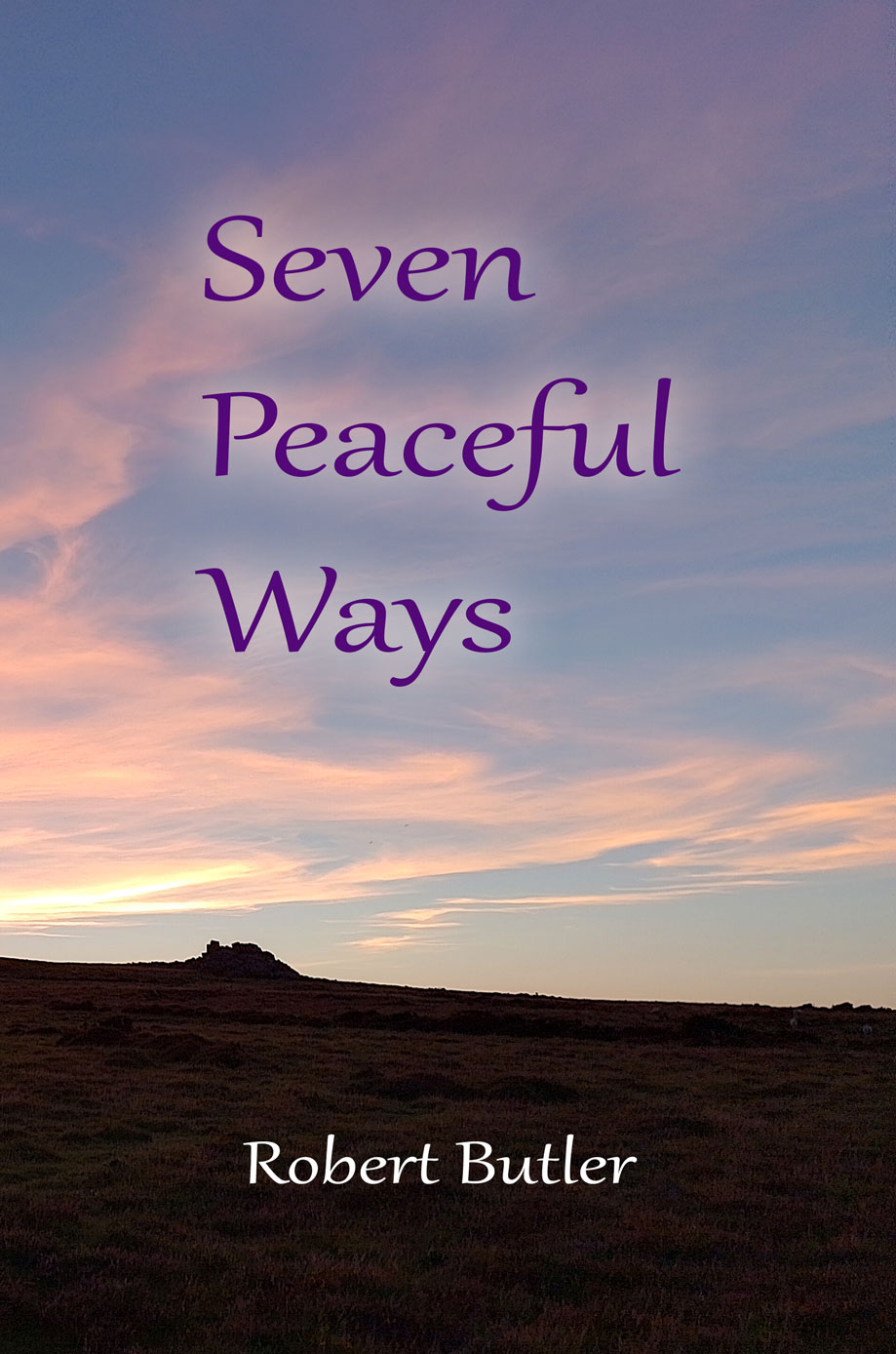The essence of this practice is to learn to know when to yield, to let go, and surrender the control of the ego to the light within you.
Surrender, like acceptance, is another spiritual concept which is often misunderstood. Because many of our mental associations for surrender relate to losing and being defeated, the natural tendency is to equate surrender with some form of disempowerment. But surrender is not about giving our power away, giving up, giving in or not having a say. It is about discovering the power of yielding. In our culture we often believe that if we want to be more powerful we need more yang energy, more action and more doing, whereas in many cases we can gain far more power by being yin in our approach and yielding. In martial arts if someone attacks us we are taught to yield and use the energy of the opponent to throw him off balance. We do not resist or fight back; we simply step out of the way and use the momentum of the opponent to disarm him. We can use the same principle with surrender. There is always a natural flow of energy. Whenever the flow appears to have stopped it means we are doing something to get in the way of that natural flow. Instead of trying to increase the flow of energy it is often better to get ourselves out of the way and allow the natural flow to re-establish itself.
Many people become pre-occupied with the question of to whom they are surrendering without realising that the most important thing is to simply get the ego out of the way. It is like standing in the middle of the road and wondering why the traffic is not moving. We simply need to get out of the way and what needs to happen will flow quite naturally.
The difference between acceptance and surrender is that, with surrender, we acknowledge that there is a higher power which is ultimately better placed to guide us. We can see this higher power as a great spiritual figure such as Jesus or the Buddha, a deity, our higher Self or simply as a higher level of consciousness. Regardless of how we choose to model it, the essential ingredient is the recognition that I – who I am at this level of consciousness – does not have all the answers and that I need to let go of my attachment to this, relatively limited, level of consciousness, in order to allow a relatively more expansive consciousness to take its place.
This recognition – that the “I” is not everything – is an act of true humility. Whereas some cultivation qualities can be practised directly, others – like humility – are best practised indirectly. If we try to practise humility directly it can very easily turn into some form of ego boosting or self-aggrandisement, but through the practice of surrender we can come to know humility in its true form.
Next Chapter: Non-Identification >>
*** This chapter is taken from my book The Light Within ***

